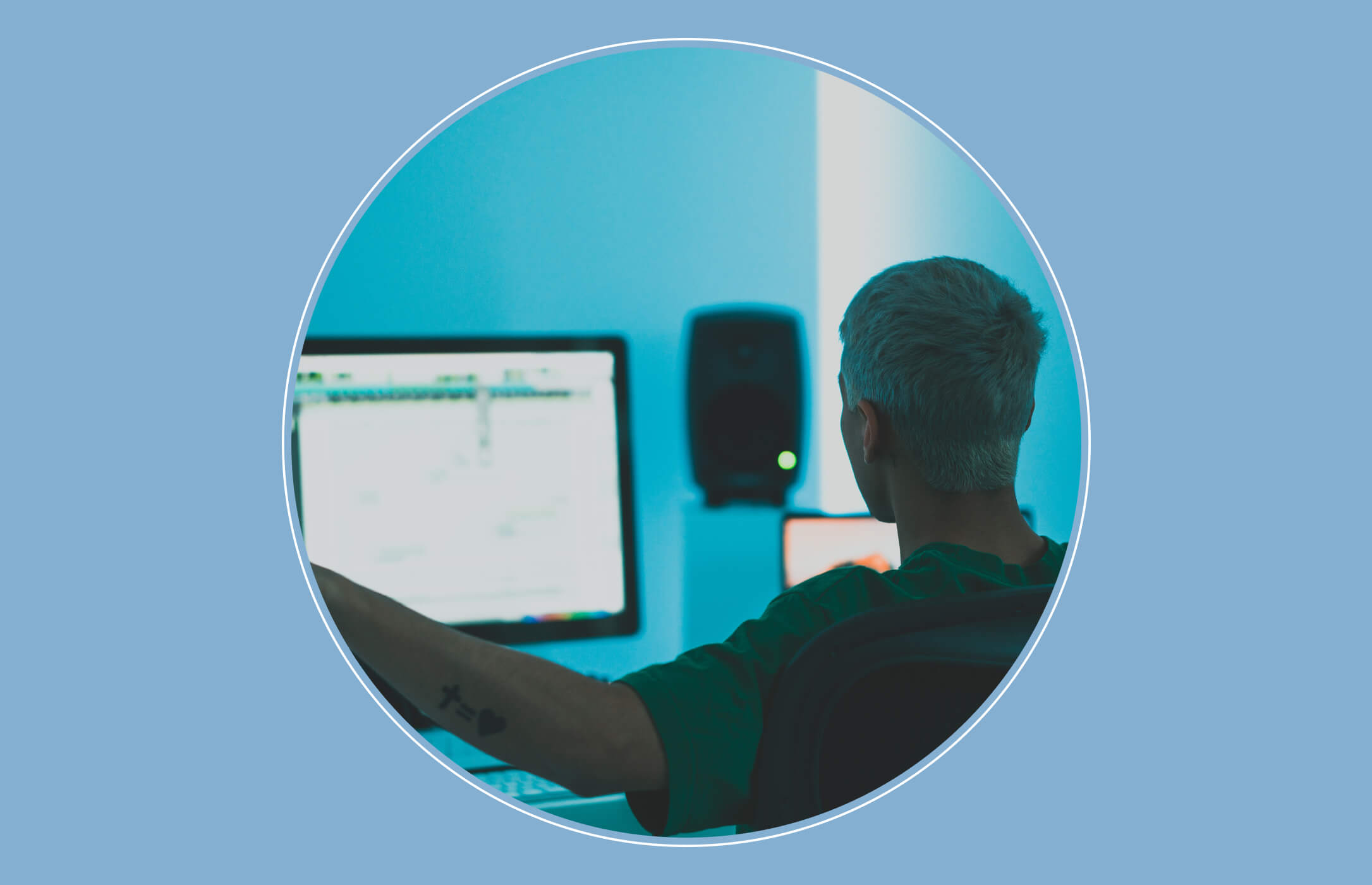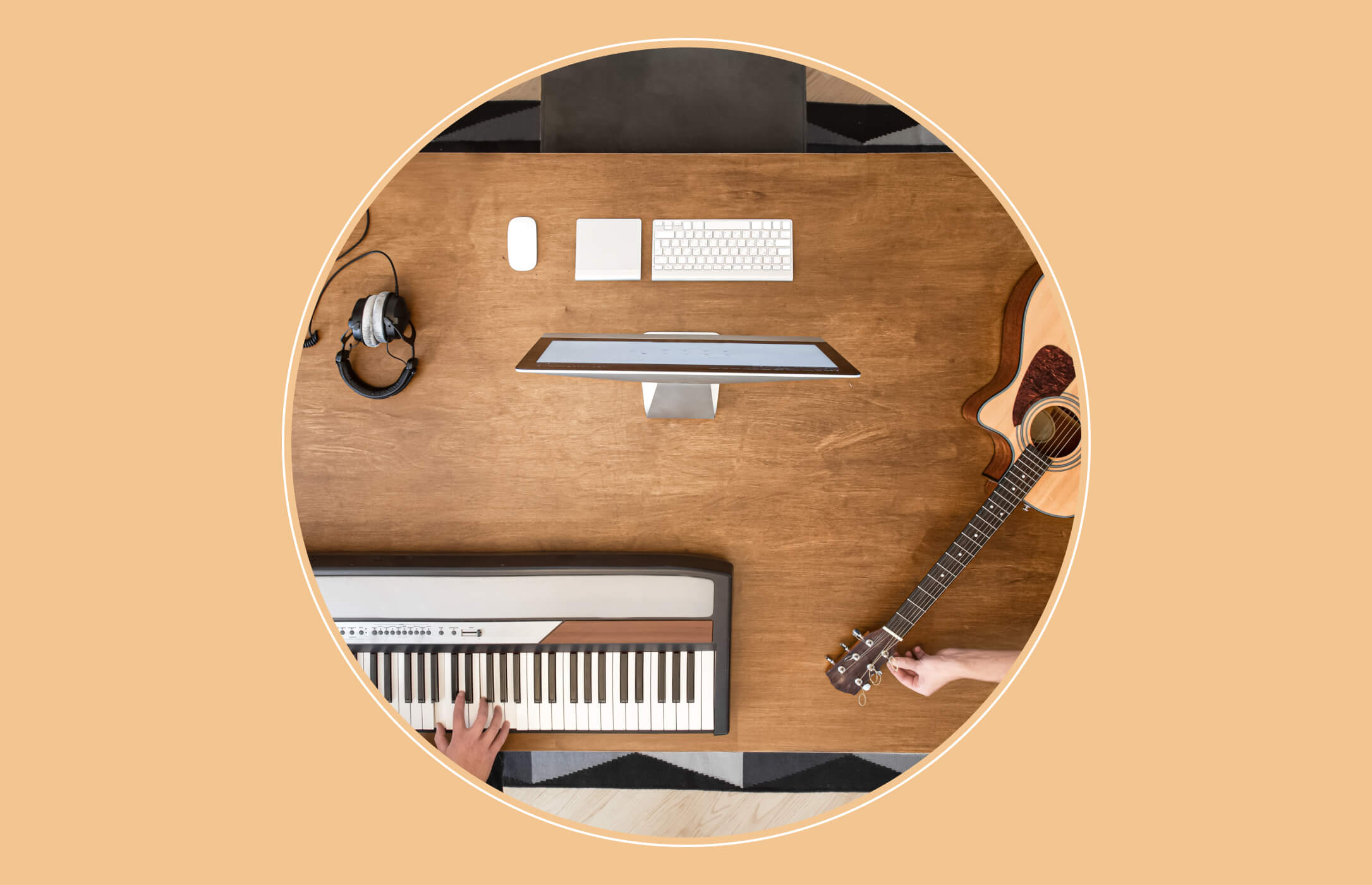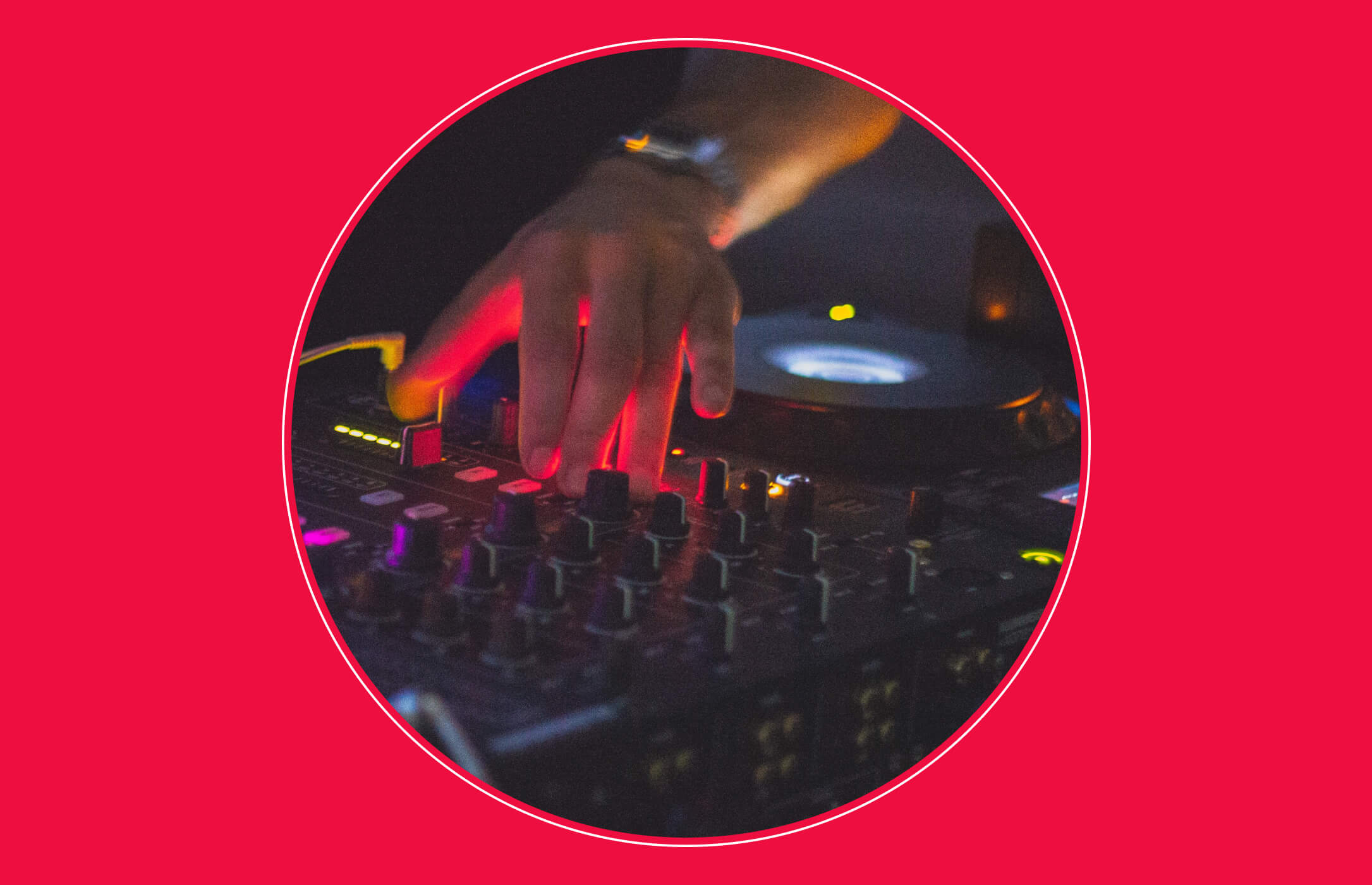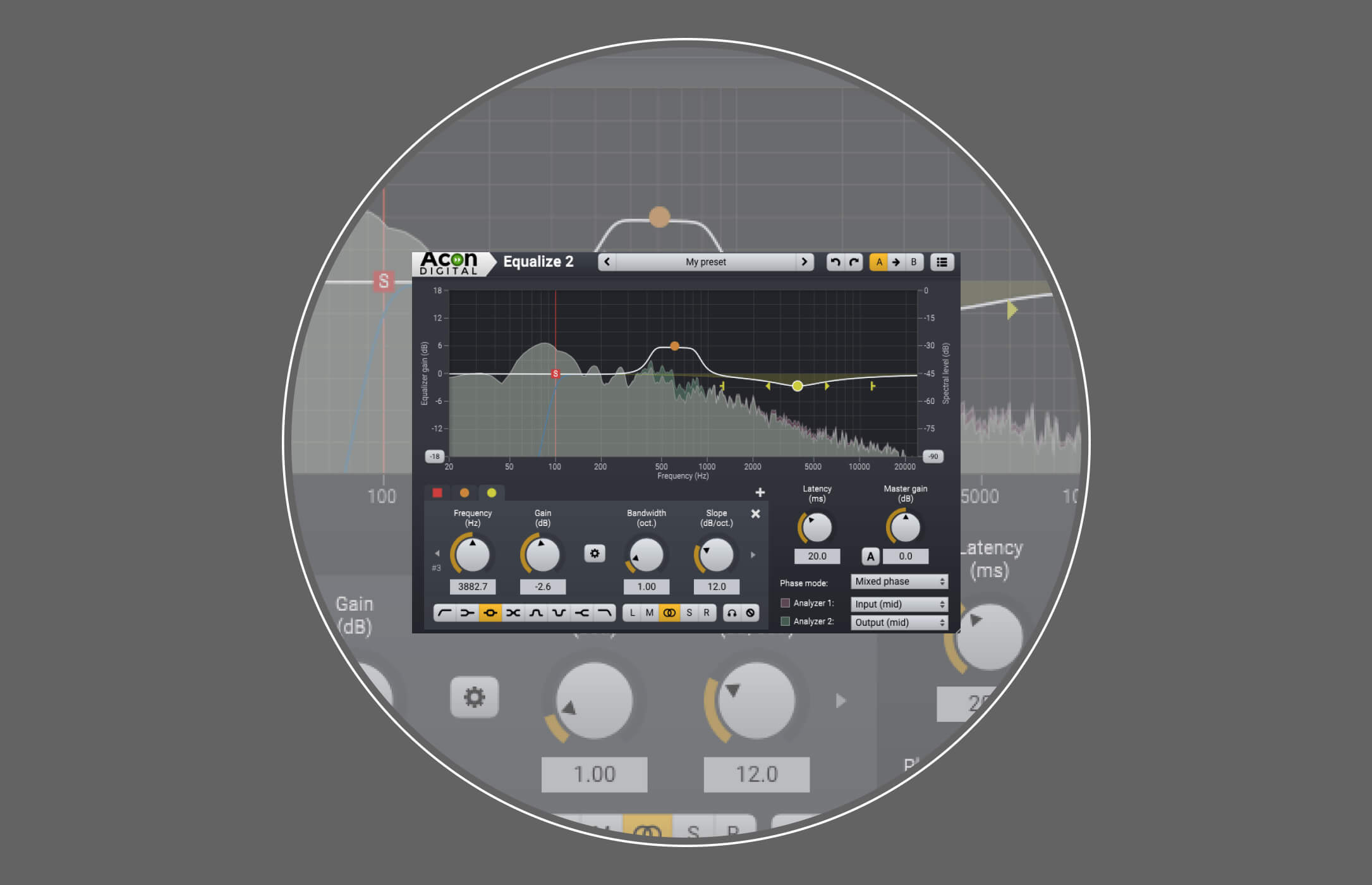6 Reverb Tips: How To Use Reverb Like a Pro
Depth is the key to making your mixes seem contemporary and professional. It takes more than a good recording to make a decent mix. It has a feeling of scale as if it were larger-than-life — in essence, a good mix sounds three-dimensional.
So, how do you go about doing that? It’s all about how you employ reverb and delay. You’ll learn how to utilize reverb like an expert by using these 6 fast reverb mixing ideas that can instantly make your song sound more professional. You’ll also discover the important distinctions between reverb and delay, as well as when to utilize each.
How to Add Depth to Your Mix
One of the most important reasons to learn how to use reverb in your mixes is to provide DEPTH. This is accomplished by using greater reverb on some instruments than on others. When a sound or melody line gets more reverb, it sounds FURTHER AWAY and When a sound contains less, it sounds CLOSER.
Cohesion Building
Sending everything to the same reverb buss in your DAW creates cohesiveness in a mix. You’re placing all of the instruments in the same digital area, as if they were all in the same room, in this fashion. Many mixers like to employ a variety of reverbs, for example, a shorter plate for the voice, a room for the drums or guitars, and so on. What’s occurring now is that you’ll have two distinct areas. Cohesion is harmed as a result of this.
Put everything in the same location, making it sound like it’s in the same room if you want your mixes to sound coherent. You do this by using only one reverb buss.
Increasing the level of interest
You may use reverb in a variety of places, such as on individual notes, fills, or syllables. You may use reverb in a creative way to create the track’s feel, rather than merely to give depth or cohesiveness. For this, a less realistic sounding effect, such as spring reverb, is generally ideal.
Size does matter
When creating a reverb, the size is the first parameter to tweak. The bounds of the place in which the reverb will occur are determined by its size.
The timing of early reflections, along with the dry, unaffected signal, is primarily responsible for the sense of size. The earliest delays that occur straight from the floor, ceiling and walls are called early reflections. Their frequency response and timing transmit the required binaural cues for the listener to identify a three-dimensional space.
The easiest approach to determine the size of a room is to first adjust the reverb’s mix control so that only the early reflections are heard. Increase the volume of your effect return track to the point where you can plainly hear the changes you’re making. After that, play about with the size until you find the greatest match for the effect you want to accomplish. Using a lower size setting for ‘felt’ reverbs will give a sound more immediacy and vitality. For ‘heard’ reverbs, greater scale settings will provide depth and power.
Use the low-pass filter on your reverb
Reverb may enhance sibilant frequencies and produce an unpleasant ringing or slapping sound that hovers over the mix on sharp sounds like vocal consonants and clicking percussion. This may be avoided by rolling off certain highs in your preferred reverb plug-in while maintaining the overall reverb effect.
Low-pass filters are also useful for creating a feeling of mix depth, something I’ve already discussed extensively. A bright reverb will be heard first, but a darker verb will be heard later in the mix. This has to do with how we hear in real-life situations outside of a DAW. Things that are further away from us seem quieter, but they also sound muted, as the reflections are dispersed and absorbed by the surrounding environment’s objects and people.
Use Pre-Delays
If you want to keep anything upfront in the mix while adding reverb, use pre-delay.
Try using a 60ms pre-delay on a voice, for example. This will push the reverb back a little, removing any reverb from the note’s or vocal’s first assault. The effect kicks in sixty milliseconds later — a relatively short interval, but since the attack and onset won’t have reverb right away, this will help it cut through the mix a little more.
On voices, fifty milliseconds or more works best, and doing so will assist to shift the reverb out of the way significantly. You can do the same thing with guitars or anything else when you want to add reverb to give a feeling of distance, cohesiveness, or depth but don’t want it to be too far away.



